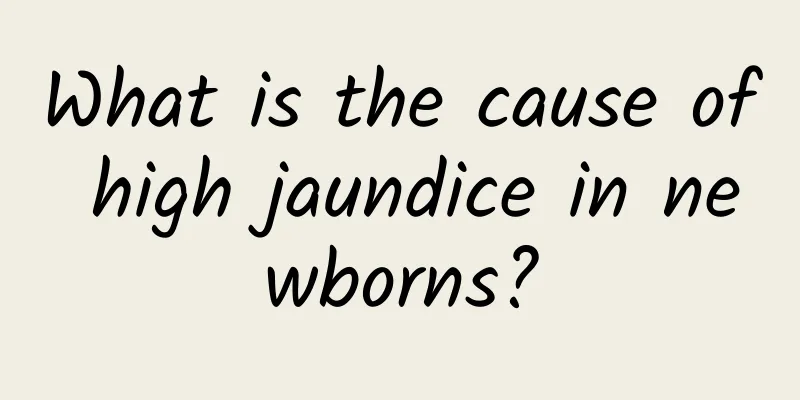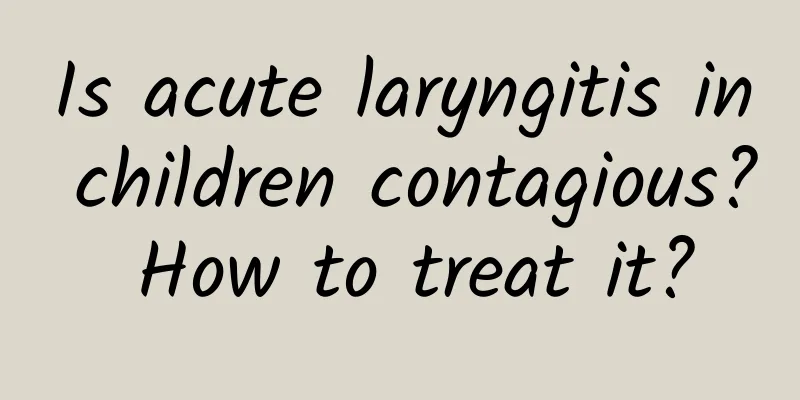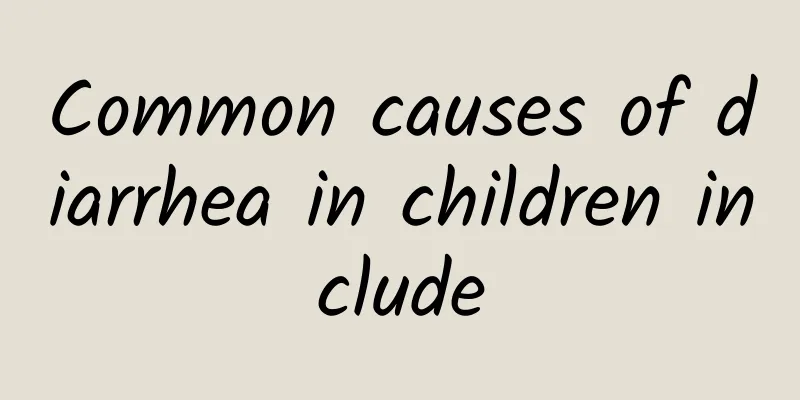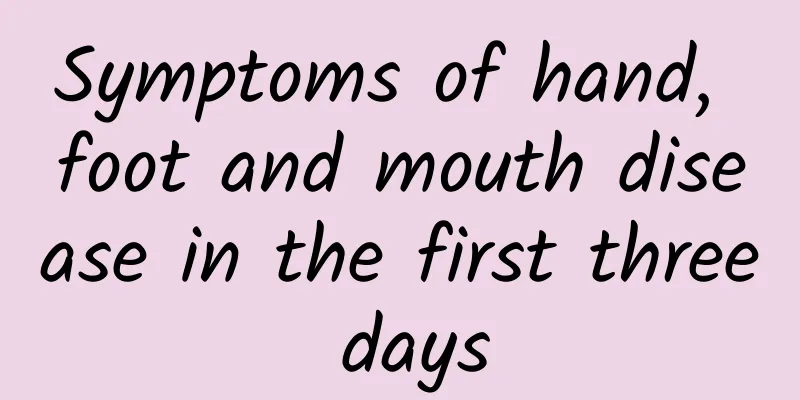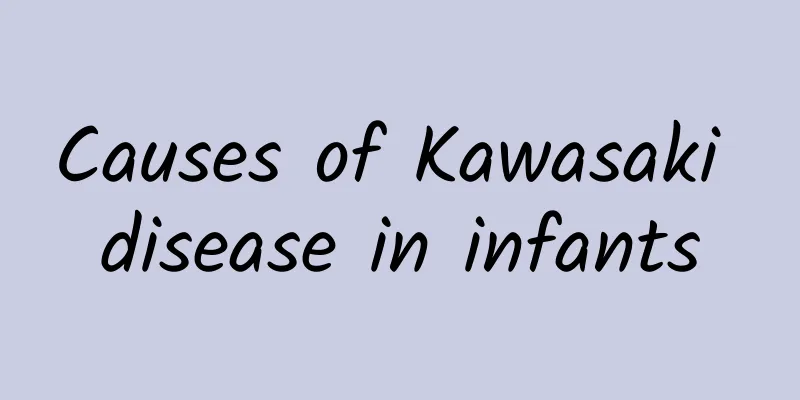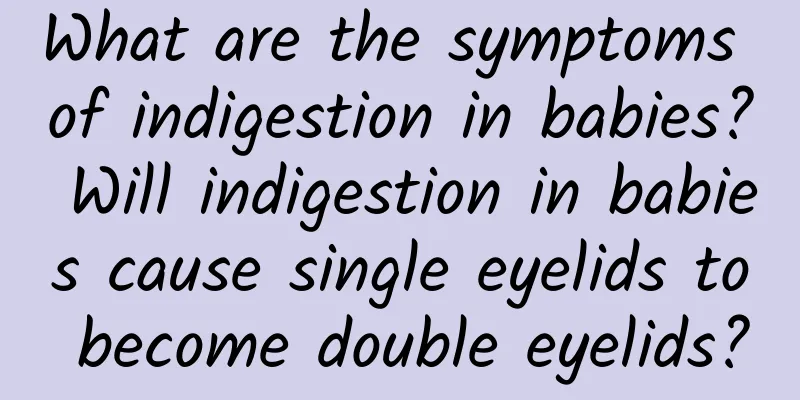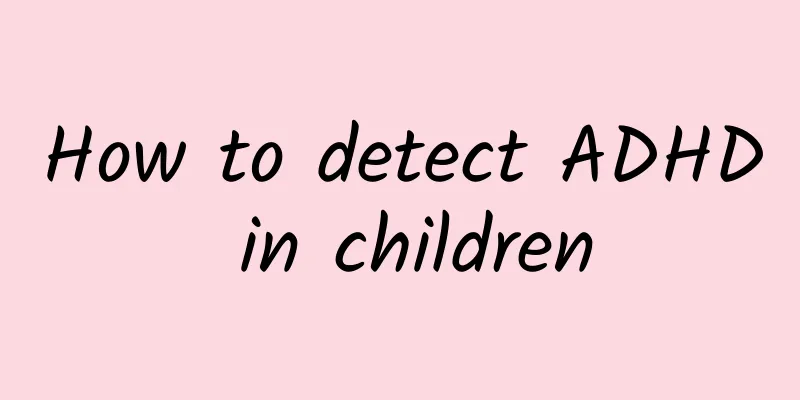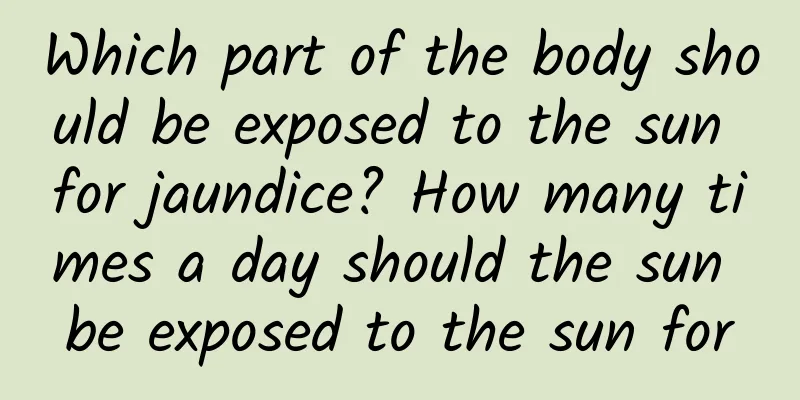What are the key points of self-diagnosis of acute laryngitis in children?
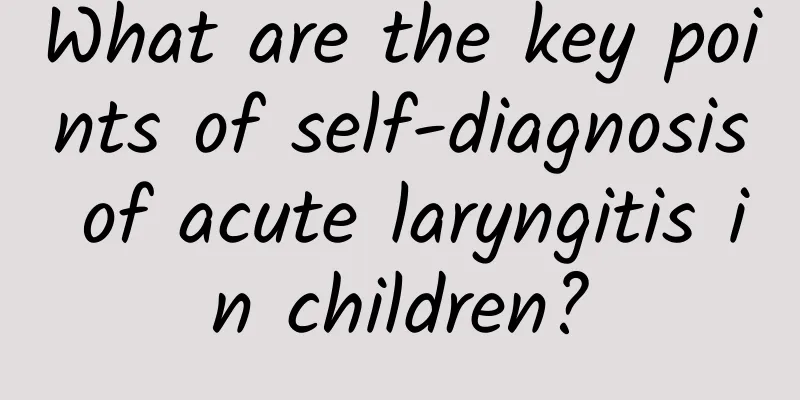
|
What are the key points of self-diagnosis of acute laryngitis in children? Acute laryngitis in children is very harmful. It occurs in winter and spring, often secondary to upper respiratory tract infection. It often occurs in children aged 6 months to 3 years old. It is easy to cause laryngeal obstruction and breathing difficulties. It is necessary to master the method of self-diagnosis to detect it early. So, what are the key points of self-diagnosis of acute laryngitis in children? Self-diagnosis of acute laryngitis in children is mainly based on clinical manifestations. There may be no precursor symptoms before the onset of the disease. Many children develop the disease in the middle of the night. At first, they just have bursts of coughing, which sound like breaking bamboo, a "hollow" sound (or dog barking), snoring in the throat, and it seems that there is phlegm that cannot be coughed up, and gradually difficulty breathing occurs. At this time, the child is irritable, with blue lips and sweating profusely. If the condition worsens further, symptoms such as incontinence, suffocation, and coma will appear. Severe cases may present with inspiratory laryngeal stridor, dyspnea during inspiration, inward collapse of the suprasternal fossa, supraclavicular fossa, intercostal space and upper abdominal soft tissue during inspiration, and other laryngeal obstruction symptoms. Severe cases may present with cyanosis or pallor around the mouth and nose, cyanosis of the fingers and toes, varying degrees of restlessness, and sweating. If not treated in time, the patient may become pale, have weak breathing, circulatory and respiratory failure, coma, convulsions, and even death. Physical examination can reveal congestion in the throat, swelling of the false vocal cords, and fusiform swelling of the subglottic mucosa. Depending on the severity of the lesion, laryngeal striae and inspiratory dyspnea may sometimes occur, and laryngeal conduction sounds or tubular breath sounds may be heard by auscultation of the lungs. Therefore, if parents find that their children have symptoms such as coughing and runny nose, and soon develop a coughing sound, they should not think that it is just a cold. They should take their children to the hospital for examination and treatment, otherwise the children may develop laryngeal spasm and laryngeal obstruction in a very short time. Acute laryngitis can be effectively controlled within a few hours as long as it is discovered and treated in time, and most cases will improve significantly within 1-2 days. |
<<: What are the methods for diagnosing acute laryngitis in children?
>>: What diseases should be differentiated from acute laryngitis in children
Recommend
What are the symptoms of polio?
Children can suffer from many diseases during the...
What should not be eaten with leeks? What are the precautions for leeks?
Don't eat leeks with beef. Putting these two ...
Does jaundice of 16.8 need blue light treatment?
Jaundice refers to the bilirubin in the blood, wh...
Does hand, foot and mouth disease require long-term medication?
Does hand, foot and mouth disease require long-te...
How to treat ADHD
Tourette syndrome, also known as Tourette syndrom...
What to do if your three-month-old baby coughs
Infants and young children are inherently fragile...
How to distinguish influenza from the common cold in children How to distinguish influenza from the common cold in children
1. The common cold and influenza are viral colds ...
What foods should children not eat when they have a cough? What are the treatments for children's cough?
Coughing in children is quite common in spring. I...
What to do if your newborn struggles
The newborn's struggle and holding back may b...
How many eggs a day is the most nutritious? What are the benefits of eating more eggs?
Eggs are one of the recognized nutritious foods i...
Can improper diet and cold induce diarrhea in children? Let's reveal the truth about diarrhea in children
Pediatric diarrhea mainly refers to an inflammati...
Why do babies have jaundice? Detailed analysis of the 4 reasons why babies may have jaundice
If the baby has jaundice, it may have a certain i...
How to effectively and thoroughly cure congenital heart disease in children
Speaking of congenital heart disease in children,...
What are the key points for diagnosing breast milk diarrhea?
What are the key points in diagnosing breast milk...
What are the clinical manifestations of influenza? What should we do if we have influenza?
1. Typical Flu Symptoms of systemic poisoning suc...

